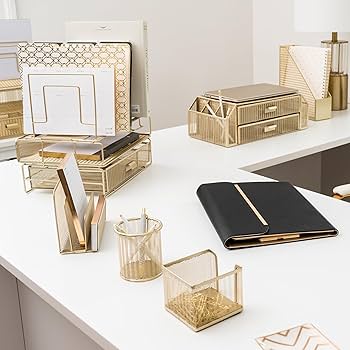The Psychology of Color in Office Design: How Hues Shape Productivity and Mood
Share



Color is more than decoration — it’s communication. In the workspace, color influences how we think, feel, and perform. The right palette can transform a dull office into a place of focus and creativity.
1. Understanding the Power of Color
Color psychology explores how different shades evoke emotion and behavior. In office design, the right hues can enhance productivity, while poor choices may create distraction or fatigue.
-
Blue encourages calm, clarity, and concentration — ideal for analytical work.
-
Green reduces stress and supports balance, perfect for long working hours.
-
Yellow sparks optimism and creativity, great for brainstorming zones.
-
Neutral tones like beige, white, and grey establish stability and sophistication.
2. Matching Color with Purpose
Each workspace serves a function — and its color should too.
-
Meeting rooms: Use blues or soft greens to keep energy grounded and communication clear.
-
Creative studios: Accent walls in yellow or coral help ideas flow freely.
-
Focus corners: Choose neutral tones to minimize distraction.
This intentional approach creates harmony between aesthetics and utility.
3. The Modern Office Palette
Modern office design leans toward biophilic minimalism — natural wood textures, muted greens, and warm lighting. These elements calm overstimulation and promote focus. Mixing subtle neutrals with nature-inspired hues helps employees feel more centered, even during busy days.
4. How to Start Redesigning Your Desk
You don’t need a full renovation. Begin small: change your desk mat color, replace a lamp shade, or add a subtle pop of green through plants. The cumulative impact of small visual changes can shift your workspace energy dramatically.
Color psychology isn’t just a design choice — it’s a productivity tool. By curating hues that support your mental rhythm, your workspace becomes not just beautiful, but meaningful.
